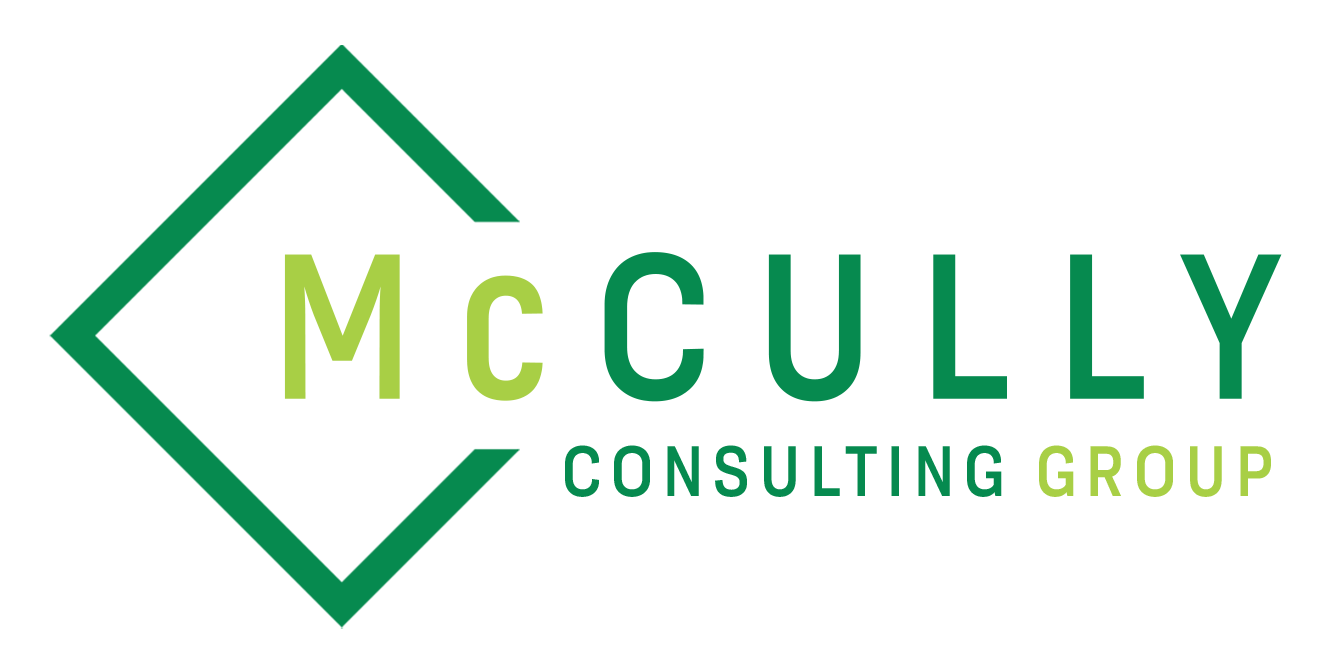Tracking business expenses is essential for staying profitable and predicting future trends. Besides managing employees, monitoring inventory, and overseeing operational aspects, being concerned with the cash flow is critical. Entrepreneurs should always be looking for ways to save money. Whether the analysis is being done by yourself or you wish to have a better understanding of what the CFO should be doing, following these simple steps helps to explain how to cut costs and increase cash flow.
-
Compare the budget to the actuals.Don’t just have a budget, create one! One of the most important financial management tools is the creation and use of a budget. A budget is the examination of all business expenses and the estimation of what they will be next year. Even though estimates may be off target, a budget will show where each expense originates. This leads to the understanding of why a particular item is going considerably over budget and how to fix it.
-
Analyze the income statement.Accounting software (such as QuickBooks) provides a report of operating expenses. For every line item in the operating expenses, the dollar amounts and percentages of revenue can be calculated. Compare the numbers of the operating expenses to last month, last quarter, the average of the last three months, average year to date, and the same month last year. By doing this expenses trends can be identified making it easier to see if a particular expense has increased. This provides the chance to find out why before it gets out of control.
-
Understand the business’ fixed and variable costs.Variable costs increase directly in proportion to the level of sales in dollars or units sold. An example of a variable cost would be paying employees more in commission due to increased sales. Fixed costs remain the same regardless of the level of sales. For example, rent would be a fixed cost; if sales go up it does not affect the amount paid for rent. It is important to realize that fixed costs are “fixed” only within a certain range of activity or over a certain period of time. For example, rent is a constant monthly amount until the landlord raises it at the end of the year or sales increase to the point where there is a need to rent additional workplace. In this case, the expense might double.
-
Contribution margin analysis.Your company’s contribution margin is the percentage of each sales dollar that remains after the variable costs are subtracted. Knowing your company’s contribution margin can help to make better decisions about whether to add or subtract a product line, about how to price your product or service, and about how to structure any sales commissions or bonuses.
-
Breakeven analysis.
This is the volume of sales needed to cover all costs. A breakeven point can be determined once the variable and fixed costs for the business is known. The following formulas can help determine the breakeven point.
Sales Price per Unit minus Variable Costs per Unit = Contribution Margin per Unit
Contribution Margin per Unit divided by Sales Price per Unit = Contribution Margin Ratio
Breakeven Sales Volume = Fixed Costs divided by Contribution Margin Ratio
To have a strong and successful business it is imperative to have a clear understanding of the financial impact that the most basic business decisions may have. Analyzing business expenses is critical to making informed and profitable decisions for your business’ future.
